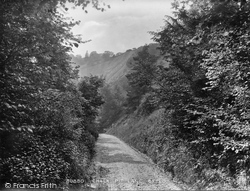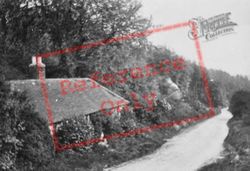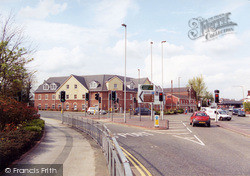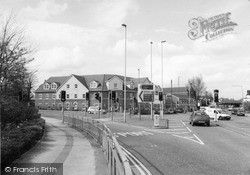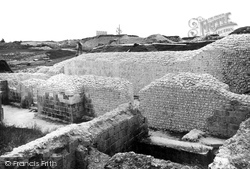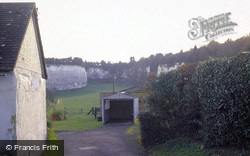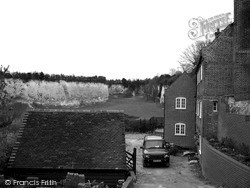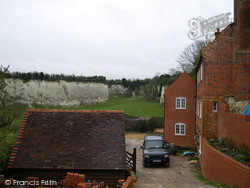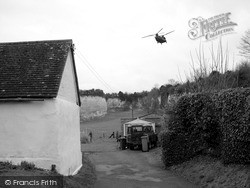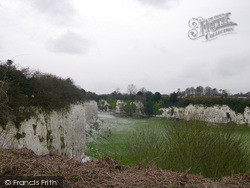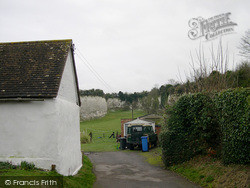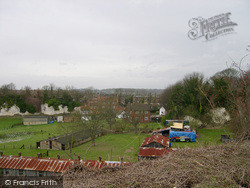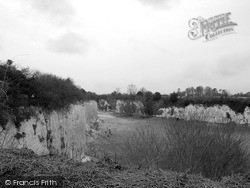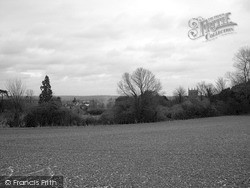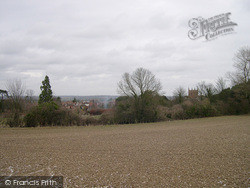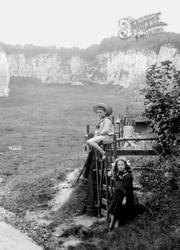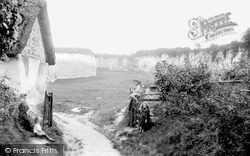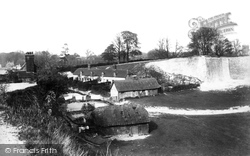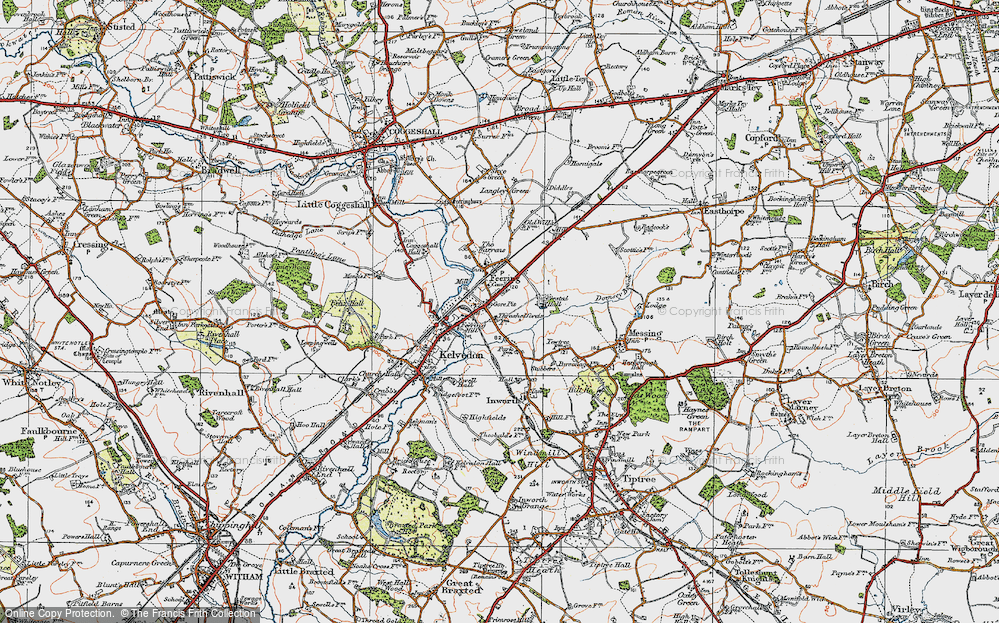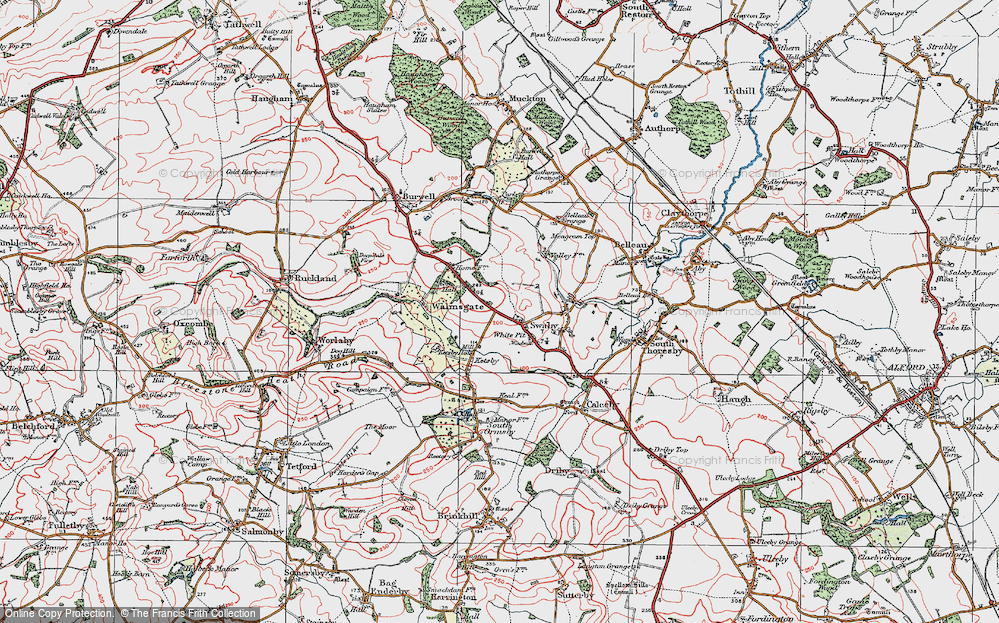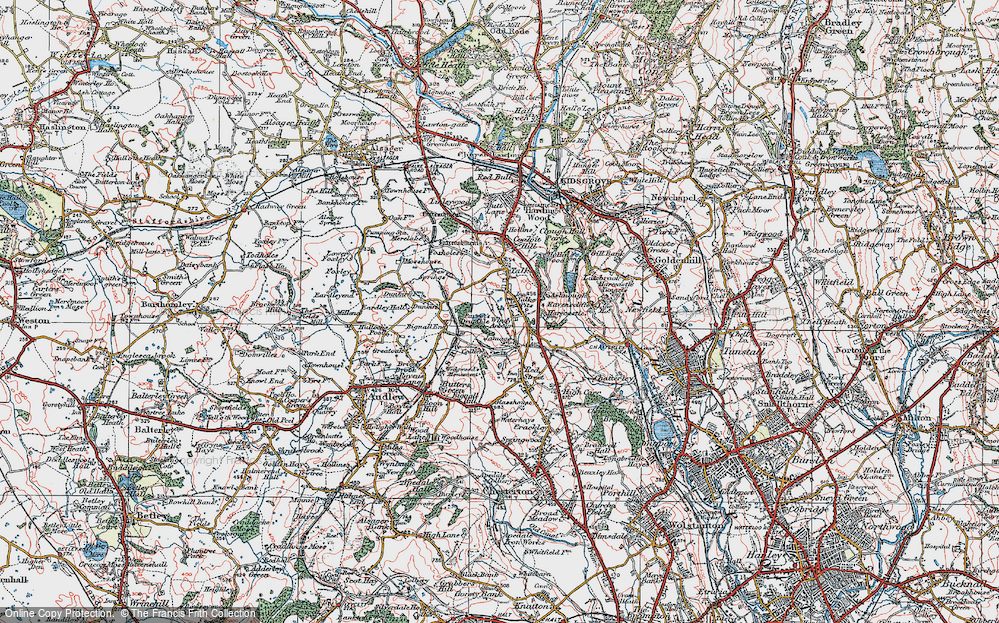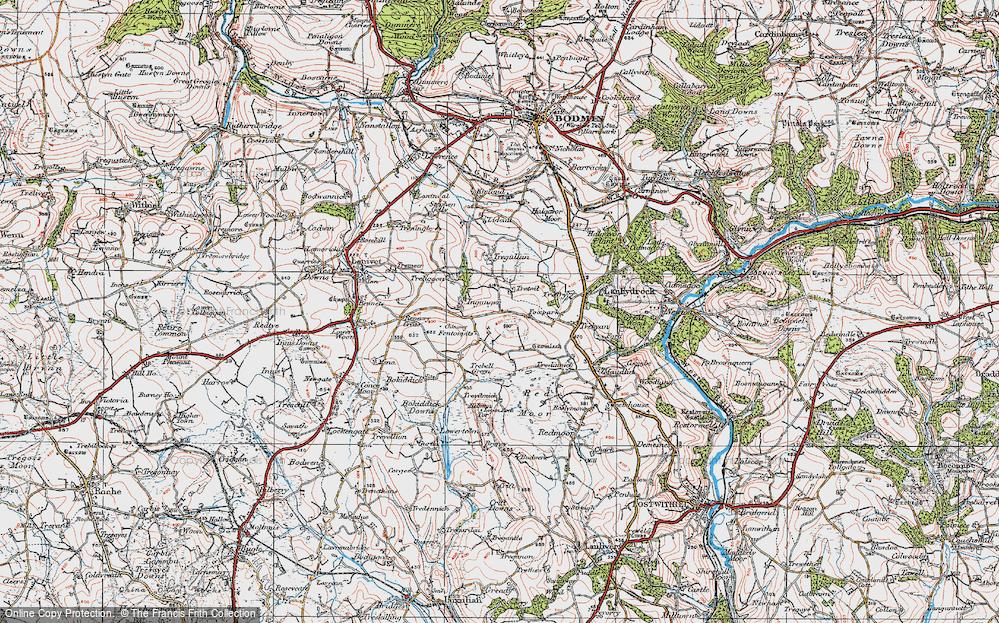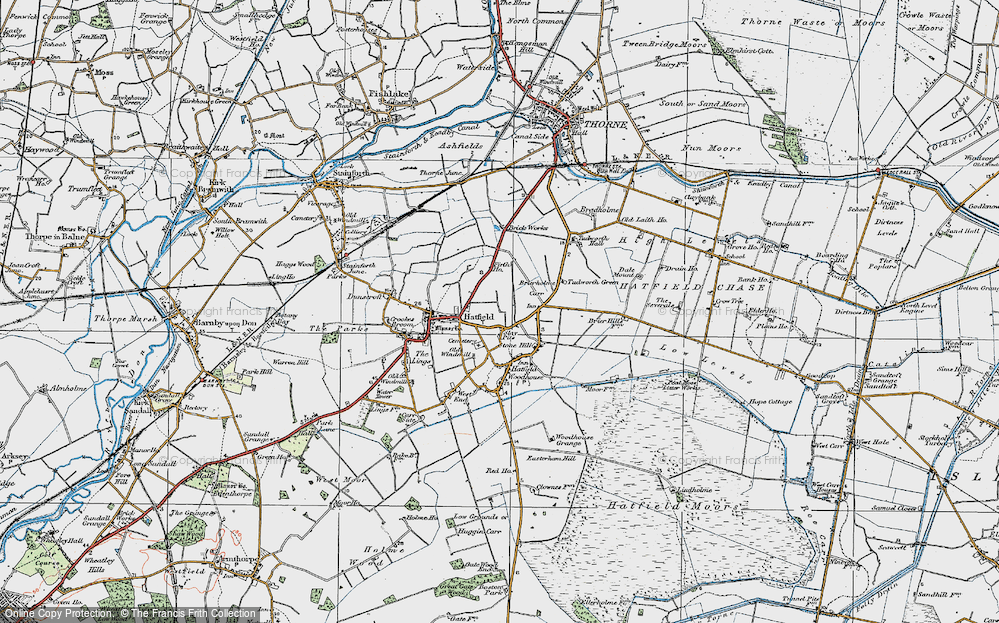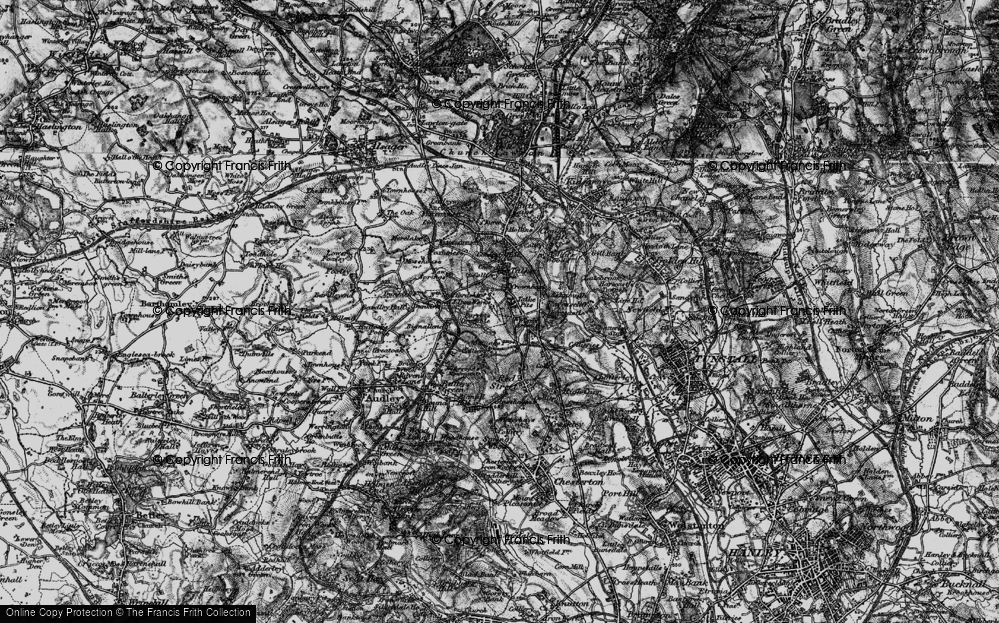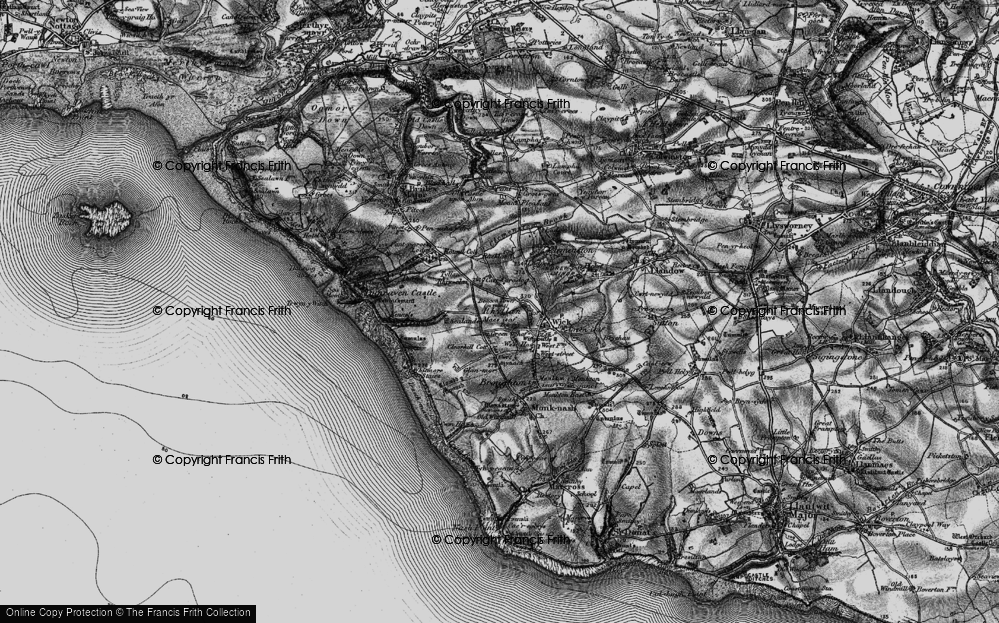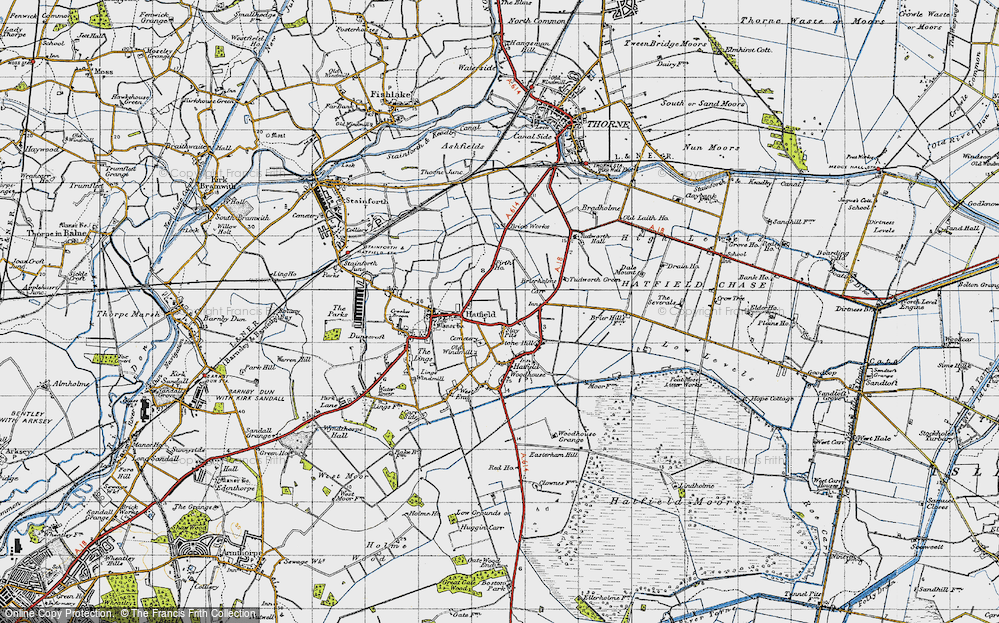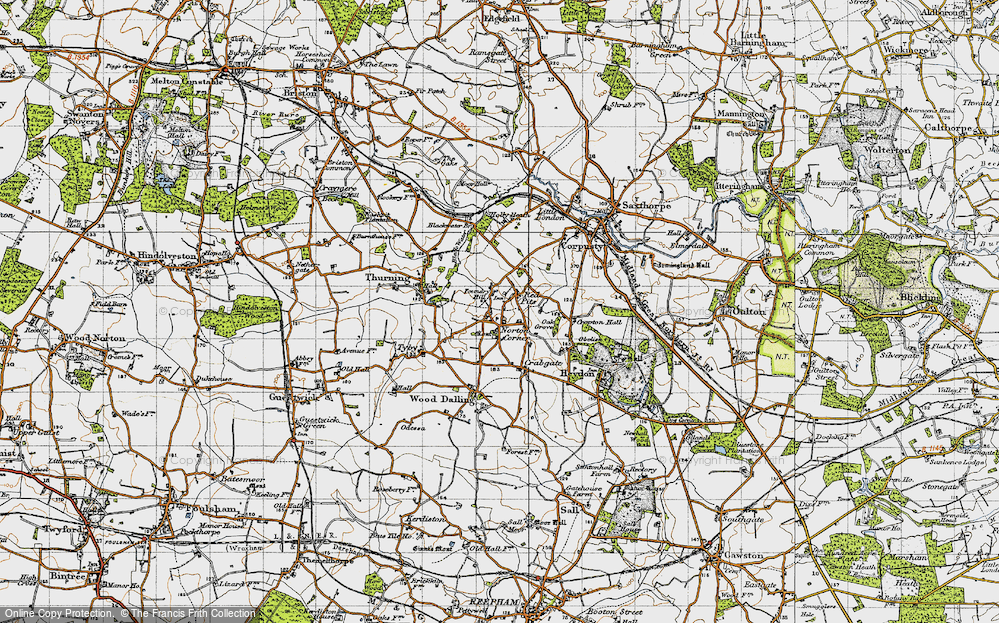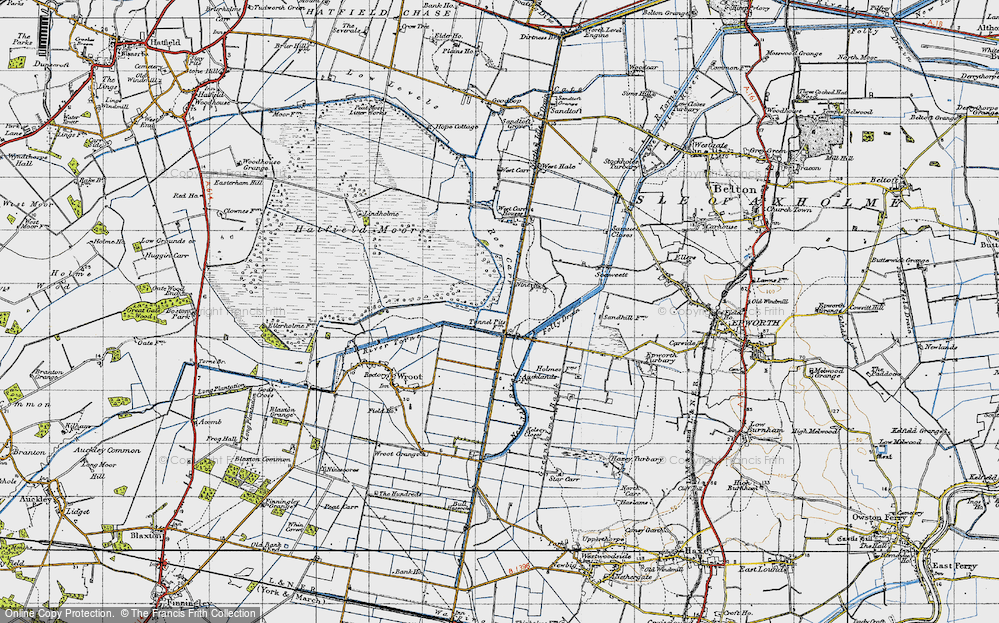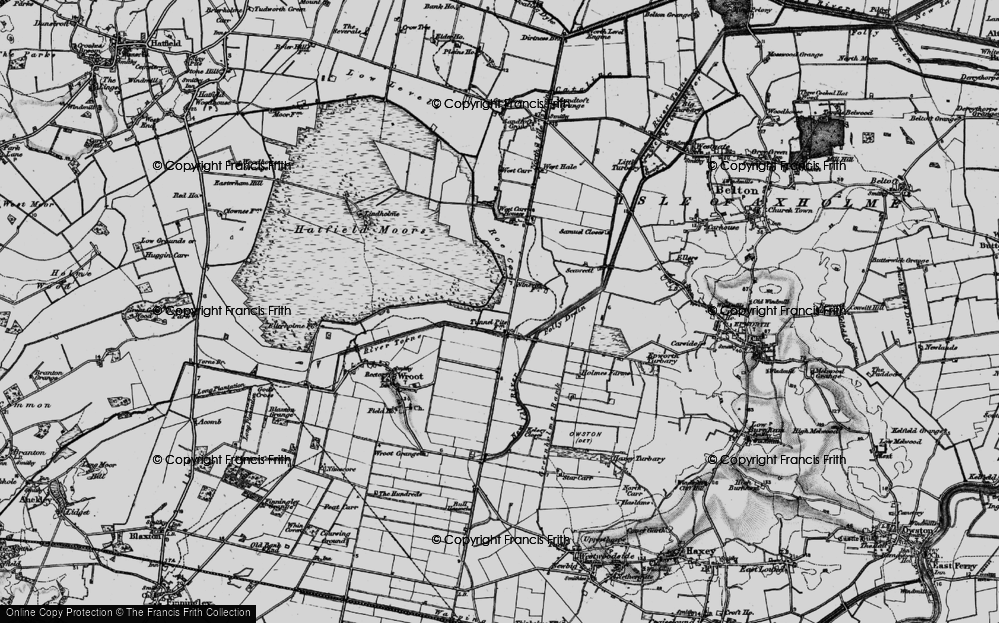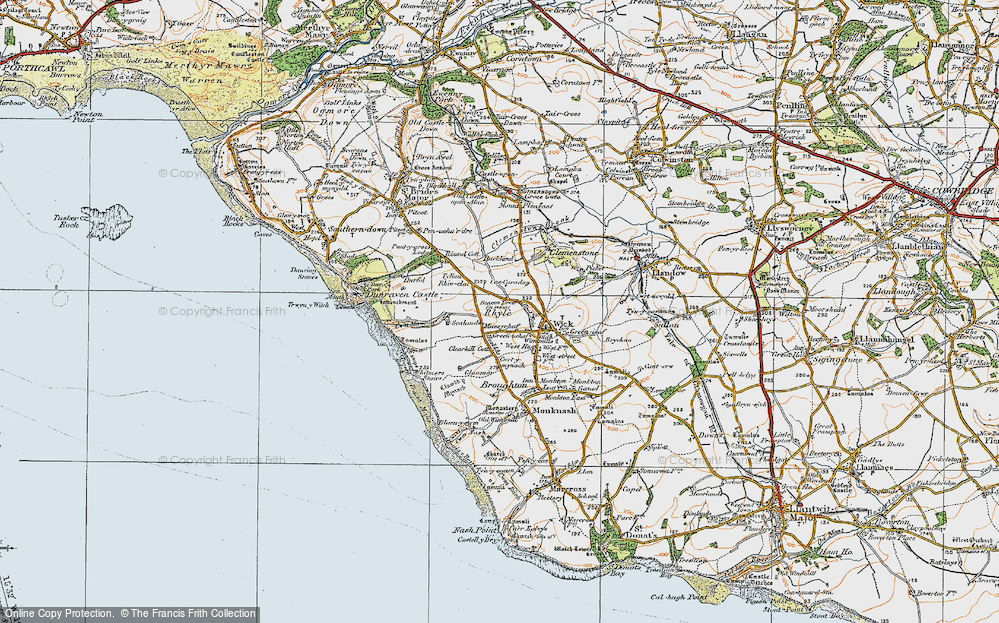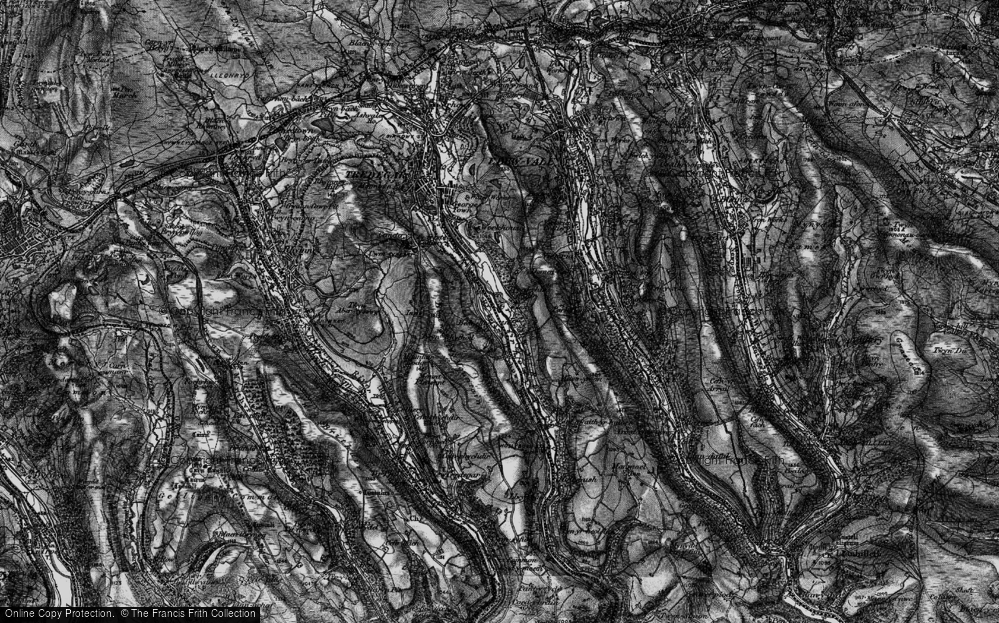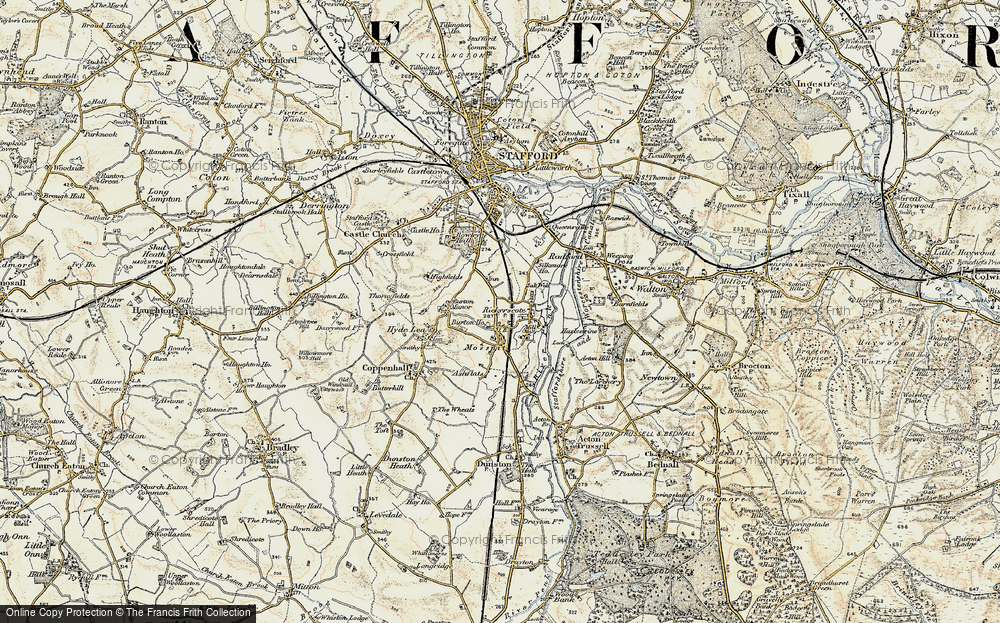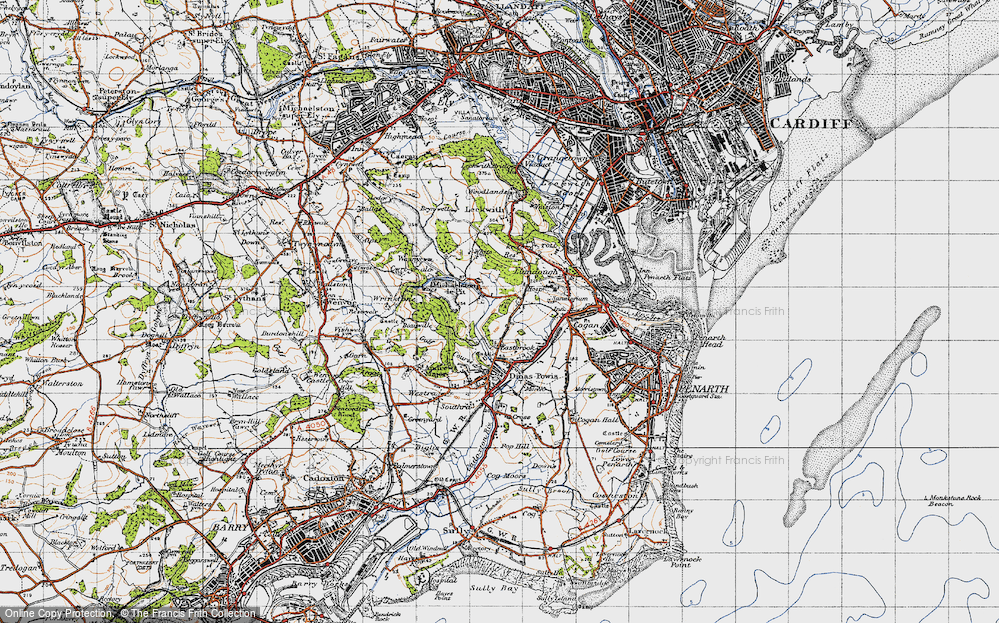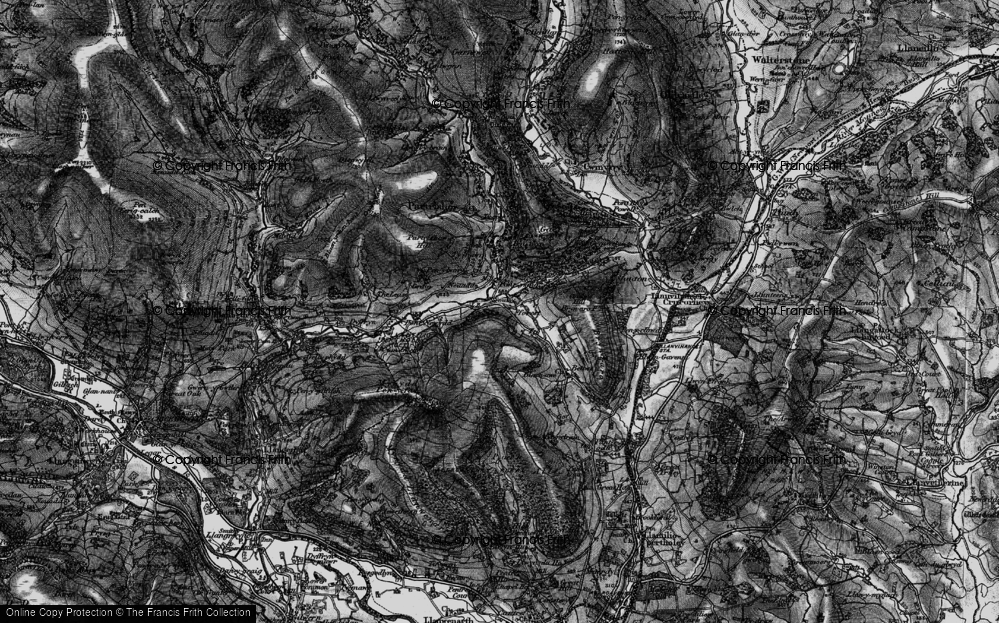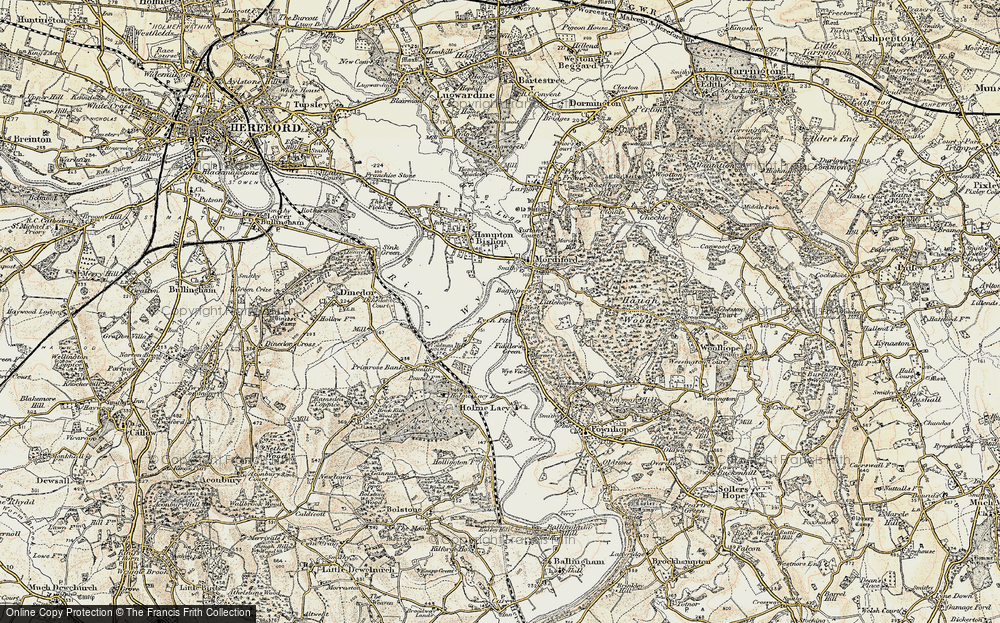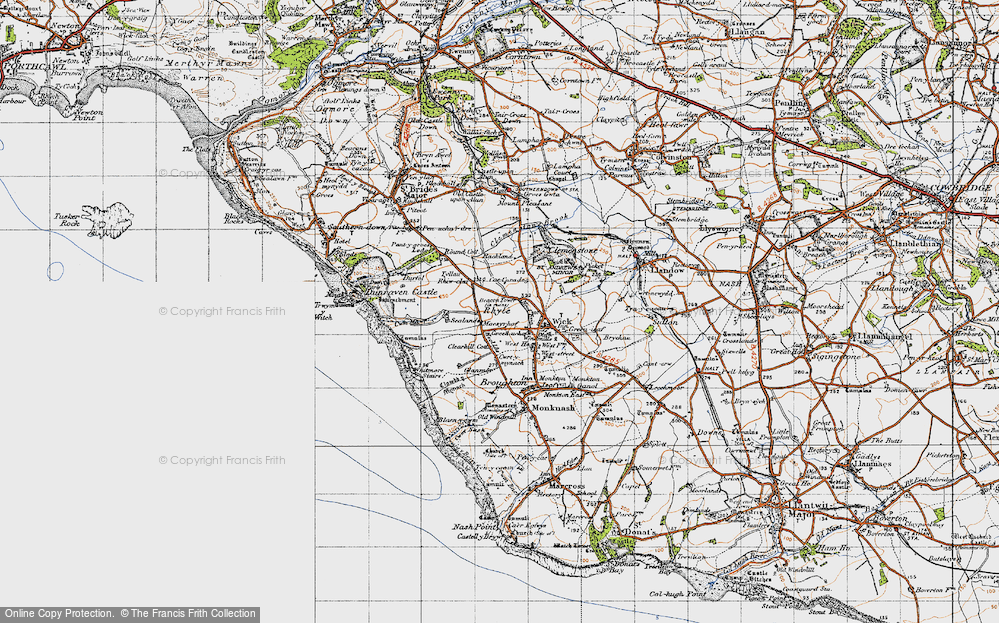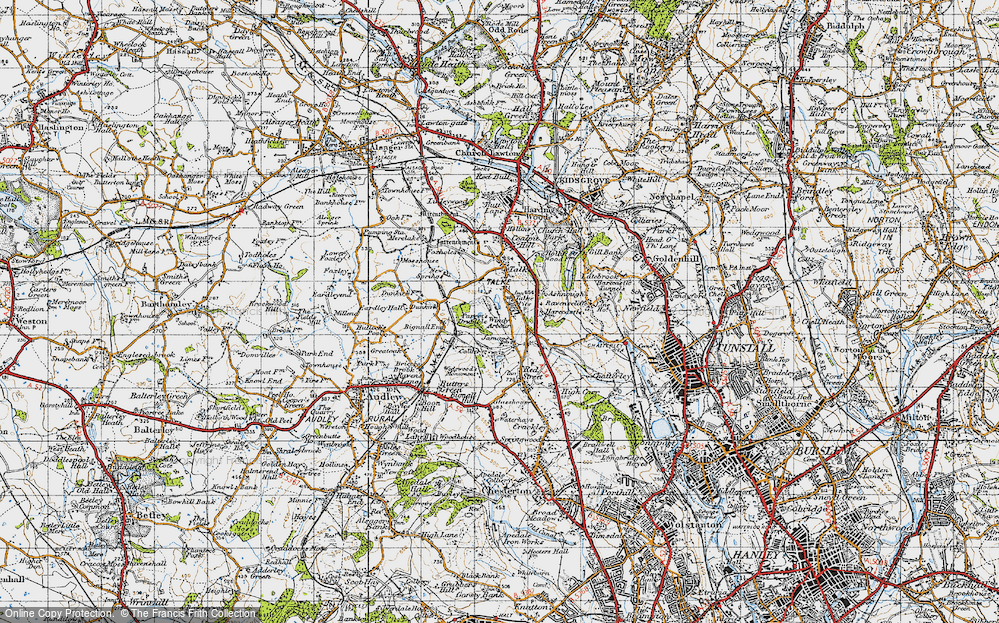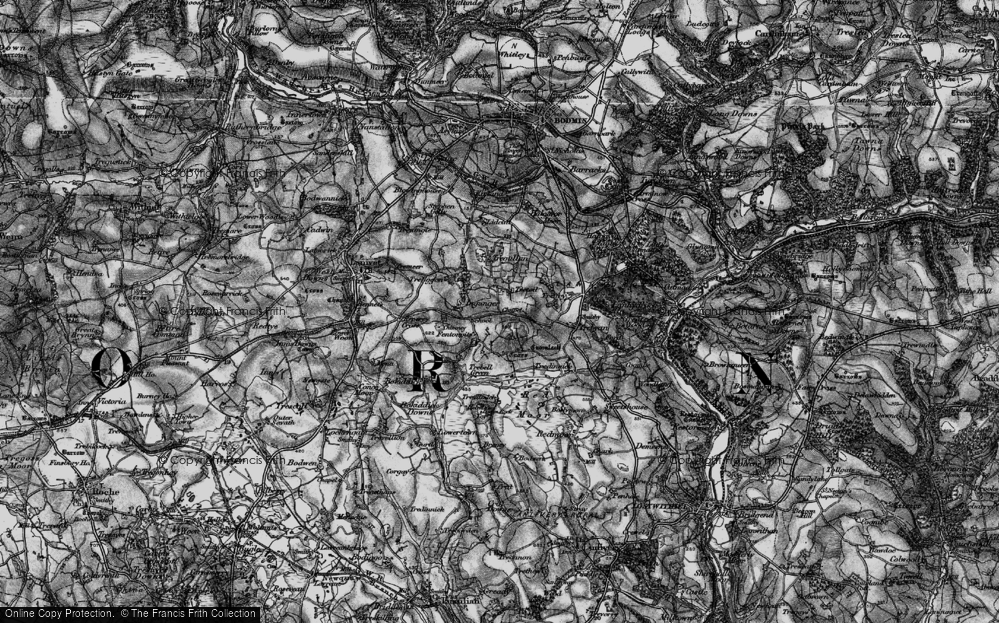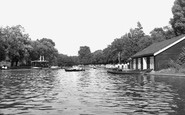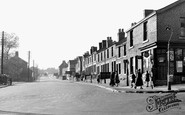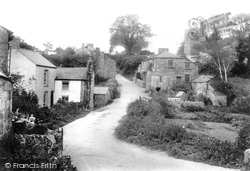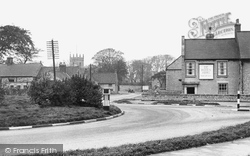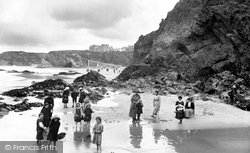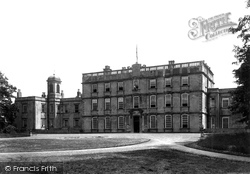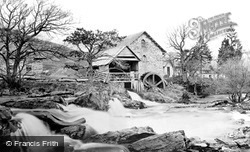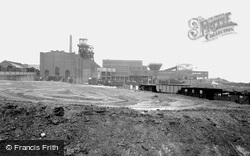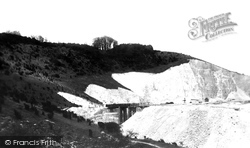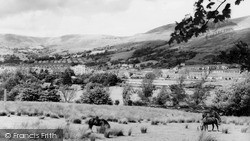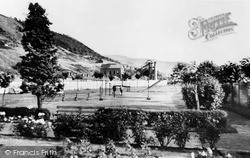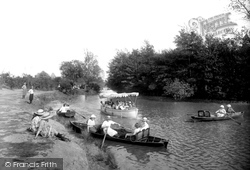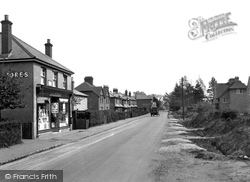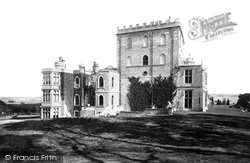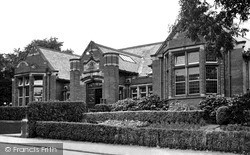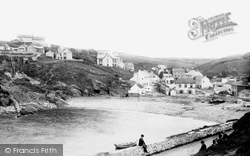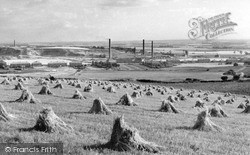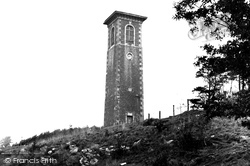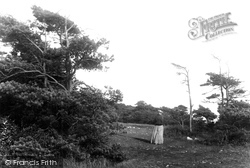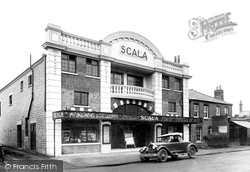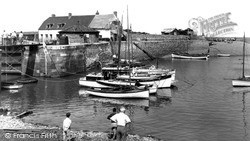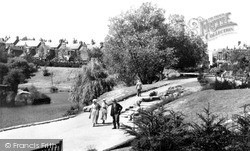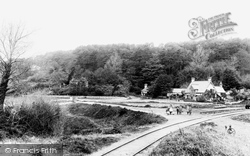Places
15 places found.
Those places high-lighted have photos. All locations may have maps, books and memories.
- Pit, Gwent
- Talke Pits, Staffordshire
- Tunnel Pits, Humberside
- Bedwellty Pits, Gwent
- Fenton Pits, Cornwall
- Slay Pits, Yorkshire
- Tre-pit, South Glamorgan
- Bailey Pit, Gwent
- Gore Pit, Essex
- Moss Pit, Staffordshire
- Red Pits, Norfolk
- White Pit, Lincolnshire
- Even Pits, Hereford & Worcester
- Forest Coal Pit, Gwent
- Michaelston-le-Pit, South Glamorgan
Photos
89 photos found. Showing results 21 to 40.
Maps
84 maps found.
Books
Sorry, no books were found that related to your search.
Memories
866 memories found. Showing results 11 to 20.
The Grand And Imperal Cinama Blacks Reagal And The Local Flea Pit In Gibson Street
MY MAM USED TO TAKE ME TO ALL THEASE PLACES WHEN I WAS ABOUT 10.I REMEMBER THE FIRST NUDE SHOW AT THEGRAND WHEN THE NUDES WERE BEHIND A NET CERTAIN AND ...Read more
A memory of Newcastle upon Tyne in 1940 by
The Cop
I lived at 14 Darcy Street until we moved to Wallsend in 1965. My name is Allan Calvert, we lived next door to Steven Oppenshaw and his family. I have lots of great memories of good friends, June Welsh, Dennis Thompson, David ...Read more
A memory of Langley Park in 1890 by
Tar Baby's 1950s
I lived in the huts in Thames road in the 50 s does any one remember the 3 tar baby's their names Tony Emery, Linda Emery and Frank Spall they got stuck in a tar pit opposite the huts . Also remember going on school bus to Westbury school and infants.
A memory of Barking by
Tanktops And Bellbottoms
Tank tops and bell bottoms-memoirs of a Birkenhead lad I was born in Birkenhead in 1954 at the back of Central Station, opposite the Haymarket, and still remember being hungry all the time. We were poor, as was everyone ...Read more
A memory of Birkenhead by
South Stifford And Grays
After my grandparents passed away the house was left to my father bill mercer.we lived at 64 Charlton street south stifford.I remember the cement works very well as I along with my friends peter Baldwin and Dave whitehead we ...Read more
A memory of Grays in 1964 by
Schooldays
High St is the main rd or the A57 going through Swallownest on to Sheffield. On the left was the main bus stop, presumably the people are waiting for the bus. When I was 13 (1963) its the stop I used to catch the bus going to ...Read more
A memory of Swallownest by
School Memory
I remember traveling to new Tredegar by train from Bedwas, changing trains at Pengam to let Lewis girls off. I remember police keeping Lewis girls in the front corridor coach to stop us mingling. They tried it with compartment ...Read more
A memory of Tirphil in 1961
School And Dances
Hi, my memory is from around 1953- 1956. My name is Edna Hardie (Williams) born 1941. I lived in Pant Street, had 3 sisters, Mary 1947, Pam 1944, Connie 1934. I remember the dug-out ( the youth club ) in my street. I ...Read more
A memory of Aberbargoed in 1955 by
Recollections Of Childhood..Post War 50's
Born at Station Rd, close to Bridge School, a small sweet shop called Ecclestones was at the foot of the bridge. We would walk over the bridge, mum to shop in the Popular Stores (Coop I think), I recall ...Read more
A memory of Wealdstone
Captions
118 captions found. Showing results 25 to 48.
The village is noted for its granite quarries, which furnished stone for the Duke of Wellington's sarcophagus in St Paul's Cathedral.
Many men found work at nearby pits, including Barlborough on the outskirts of the village.
The rocky cliff faces are scored and pitted by wind and waves, causing sizeable blowing holes and fissures.
Copley had become one of the leading ironmasters in South Yorkshire, thanks to a leasing arrangement with the Earl of Shrewsbury which gave him access to Shrewsbury charcoal woods and coal and ironstone pits
One of its more interesting features is what is thought to be an ancient beheading pit.
At this time, Easington was one of six large pits situated along the coast of County Durham; the others were Wearmouth, Vane Tempest, Dawdon, Seaham and Horden.
French soldiers were held as prisoners at Odiham during the Napoleonic wars, living in a camp dug out of an old chalk pit on the Alton road.
Not only lime but also some building stone was formerly quarried in the huge Betchworth chalk pit. It had its own narrow gauge railway, which is visible here.
These do not look like young of the pit ponies and nor are they working horses.
As we have seen even the smallest colliery village wherever it may be in the Rhondda Valleys has its own park. This one looks more suited to the youngsters of the area with its swings and slide.
New Pond was dug in the 14th century (Upper Pond is an old brick pit) and was once a popular bathing place. It is now stocked with fish and bathing is prohibited.
These included Unwins print works, a tannery, the gravel pits, and three laundries.
The present building was largely the work of the Victorian Colonel Waugh, who developed the island by opening clay pits and potteries in its wildest corners.
Local pit manager Sir William Garforth, who donated 250 books, opened this Carnegie Library on 29 May 1907.
It also had nearby coal-pits, which sent out some of their produce from the beach here.
Standing in the upper Douglas Valley, Wigan was once a market town, but by the mid 19th century it was a major centre for Lancashire's coal industry.
The builder, Wade Brown, was a local quarry owner; woods have now overgrown the local pits and quarries cut into the sides of Bathford Hill.
The lady is looking into one of the numerous prehistoric crop storage pits that had been excavated by the antiquarian C W Dymond a few years previously.
The ornately designed building is a vivid reminder of the days, long before the television and video age, when every town in the country had a picture house, or 'flea pit' as they were sometimes known
French soldiers were held as prisoners at Odiham during the Napoleonic wars, living in a camp dug out of an old chalk pit on the Alton road.
Covering some eight acres, this is believed to be the largest chalk pit in Hampshire.
Coal and limestone were once brought from Wales, and pit props were sent there.
Since its official opening in Coronation year (1953) by Sir Noel Arkell, this area in the centre of the town has been known as Queens Park.
Coppet Hall's name is believed to be derived from 'coal pit haul': before the laying of the railway track in the 1870s, a tramline existed on which coal was hauled on horse-drawn trucks to
Places (15)
Photos (89)
Memories (866)
Books (0)
Maps (84)


